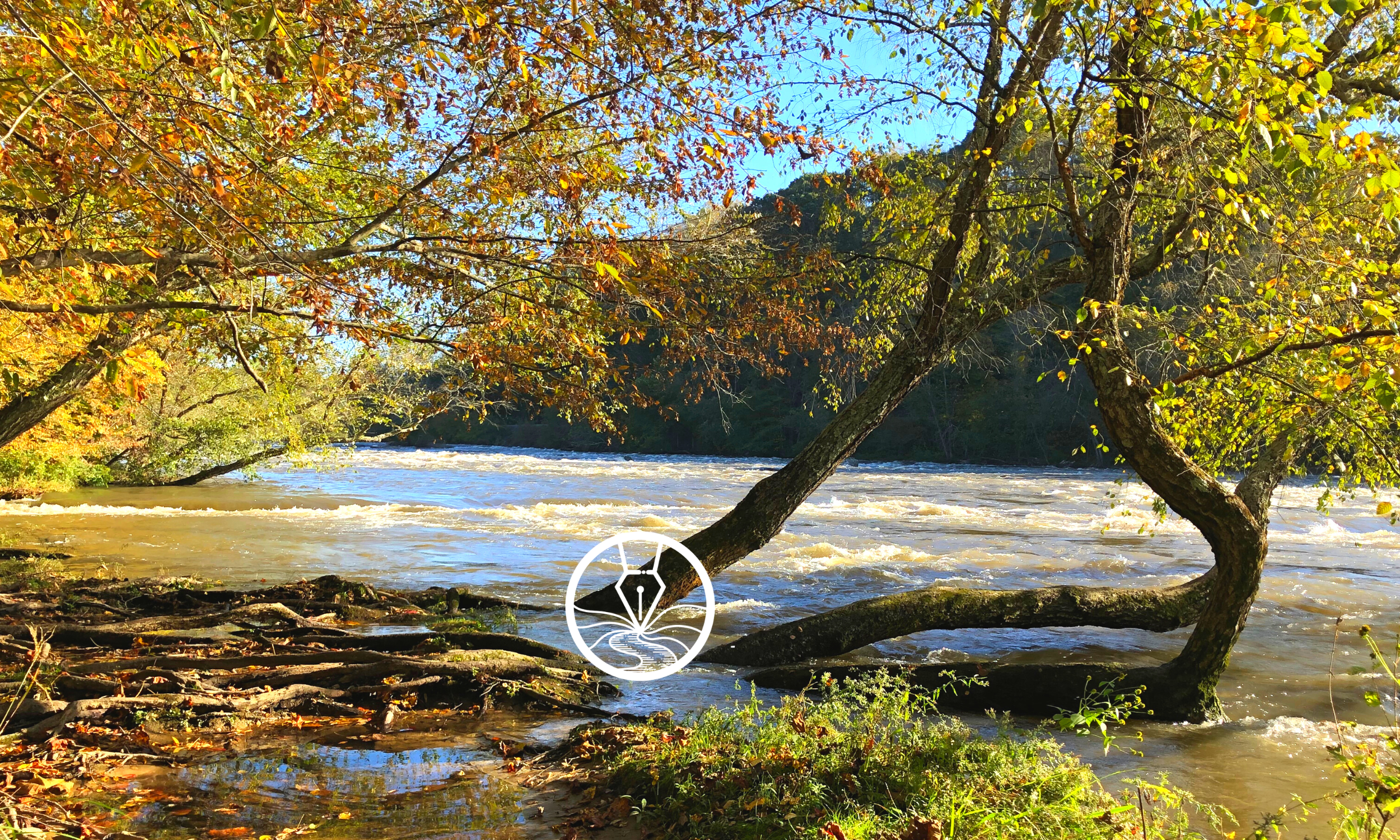
People Are
Stories-in-Progress
As a head’s up, this online version of People Are Stories-in-Progress is more than 44,000 words long. That’s as long as some novels.
There are some typos and errors in these web pages, which I’ve corrected in the eBook. I will eventually correct those errors here in the online version as well, but since there’s other stuff I’m excited to make, I’m not rushing that process. My goal is to complete this online update by September 2023. This banner will disappear when this page has been revised.
(Please note: I didn’t make any major changes in the updated eBook—I only refined the wording slightly, so you’re still getting a very similar experience between the two versions.)
Years ago, my readers asked me about character development and subplots.
Where the Topics Came From
Years after I graduated college, when I started the first iteration of the Journeypen Project, I put out a call for topics—what did my readers want to know?
Here are some of the questions they asked:
• How do you come up with subplots?
• How do you come up with a plot that all fits together – like subplots and everything?
• If you wrote one book at a time, with editing and collaborating, how did you have plot points from book 1/ 2/ 3 to fit perfectly in book 4? I mean, take Lena’s ending for example… which idea came first? Lena’s Tale, or Lena becoming a sorcerer?
People Are Stories-in-Progress will answer each of these questions, including the ways I crafted Lena’s subplot.
But when I read these questions for the first time, my heart sank a little bit, because I knew what it would take to answer these questions. It wasn’t simple. It wasn’t fast. It was something I was still finding the words to articulate.
Again, I couldn’t separate. My interweaving of life-making and storytelling had only deepened in the years since I left school. Now that I wrote for more than just a few friends, teachers, and classmates, I would be explaining myself to a lot more people.
If you’ve been following my work for a while and you’re familiar with my series, The Ever Afters, you may remember that I often used this phrase: “Believe in your own story.” If I was signing a book for a reader who told me that they wanted to be a writer someday, I used to write this: “Believe in your own story—the one you’re writing and the one you’re living.”
Beyond just a phrase, I intentionally developed a world in the Ever Afters where the Characters live a once-familiar story, which changes based on their actions.
The novels are set in an afterschool program that trains young fairy tale characters, and they all explore the same theme: The characters start living a story you think you know, like “Cinderella” or “Jack and the Beanstalk,” and then those stories shift under your feet until you’re in new territory—a whole new plot line. Each Character learns to hold the old pattern and the new developments in their mind, and they make a choice about how they want the story to turn out.
I understood this approach intimately, because that is how I live my life.
In other words, Characters are stories-in-progress, a story that they write with their choices and actions. That’s true in the novels, only because in my own life, people are stories-in-progress too.
I can’t separate them, because this is quite simply how I see and understand the world. (It’s actually what I call a “foundational lens,” but I’ll talk about that next this Season.)
So, to answer these readers’ questions and to fully explain how I create plot, subplot, and character arcs, I had to explain how I worked with all of these elements together. It’s a lot of territory to cover, more than most writers would tackle, but I can’t pick and choose.
Either these skills come as a set, or they arrive incomplete.
So, I started on the first draft of this season in January 2020, right before the pandemic swept the globe, and I completed the first full revision in June 2022. —I’ll speak more to that process when we reach the end of the Season, but for now, I just want to mention what I began to understand in through that process: learning these skills together may be valuable. We may need all of these tools, woven all together, in order to better process events as colossal as the past couple years have been.
This winter, friends and family who hadn’t seen me in a while kept saying, “You seem to be in a good place.”
I usually responded, “Yes, but I tend to that every day.”
Being a “story-in-progress” means that you’re also in process all the time. These are the tools I use throughout my life’s process, making meaning that allows me to integrate and grow, and they’re the very same skills I use to write my stories.
I’m sharing them with the hope that they can also help you in both of those arenas—storytelling and life making.
